Understanding the Differences When it comes to choosing the right material for your shoes, options like polyurethane (PU) and synthetic leather are gaining popularity due to their durability and affordability. Both these materials offer an alternative to genuine leather while still providing a stylish and functional accessory for your feet. In this article, we will delve into the specifics of PU and synthetic leather shoes, exploring their characteristics, benefits, and drawbacks. PU Leather Shoes: A Versatile and Eco-Friendly Option PU leather, also known as synthetic leather or faux leather, is a popular choice for shoes and other leather goods. It is made by coating a fabric backing with a layer of polyurethane, giving it a glossy finish that closely resembles genuine leather. PU leather shoes offer a range of advantages, making them a preferred choice for many individuals. Durability: PU leather shoes are highly durable and resistant to wear and tear. The material can withstand daily use and maintain its appearance even after prolonged usage. Affordability: One of the primary advantages of PU leather shoes is their affordability compared to genuine leather shoes.

.
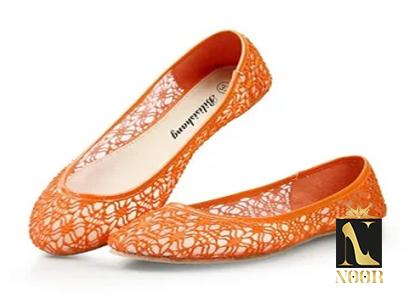 PU leather is a synthetic material that can be produced at a lower cost, allowing manufacturers to offer shoes at a more budget-friendly price point. Versatility: PU leather shoes come in a wide variety of styles, designs, and colors. The synthetic nature of PU leather allows for greater versatility in creating different looks, including exotic prints and vibrant hues. Water Resistance: Unlike genuine leather, PU leather shoes have inherent water resistance. This feature makes them ideal for wet or rainy conditions, providing protection against moisture and preventing staining and damage to the material. Ease of Maintenance: PU leather shoes are relatively easy to clean and maintain. They can be wiped with a damp cloth to remove surface dirt or stains, making them a practical choice for individuals who lead busy lives. Sustainability: As the demand for vegan and eco-friendly products increases, PU leather shoes offer an alternative to genuine leather footwear. With advancements in manufacturing techniques, it is now possible to produce PU leather from recycled materials, making it a more sustainable option. However, it is essential to be aware of a few potential drawbacks associated with PU leather shoes.
PU leather is a synthetic material that can be produced at a lower cost, allowing manufacturers to offer shoes at a more budget-friendly price point. Versatility: PU leather shoes come in a wide variety of styles, designs, and colors. The synthetic nature of PU leather allows for greater versatility in creating different looks, including exotic prints and vibrant hues. Water Resistance: Unlike genuine leather, PU leather shoes have inherent water resistance. This feature makes them ideal for wet or rainy conditions, providing protection against moisture and preventing staining and damage to the material. Ease of Maintenance: PU leather shoes are relatively easy to clean and maintain. They can be wiped with a damp cloth to remove surface dirt or stains, making them a practical choice for individuals who lead busy lives. Sustainability: As the demand for vegan and eco-friendly products increases, PU leather shoes offer an alternative to genuine leather footwear. With advancements in manufacturing techniques, it is now possible to produce PU leather from recycled materials, making it a more sustainable option. However, it is essential to be aware of a few potential drawbacks associated with PU leather shoes.
..
 Over time, the glossy finish may fade, and the material might show signs of cracking or peeling. Additionally, even though PU leather shoes are an environmentally friendly alternative to genuine leather, their production process involves the use of chemicals. This aspect may not align with the preferences of individuals looking for completely eco-friendly options. Synthetic Leather Shoes: The Affordable and Low-Maintenance Solution Synthetic leather, also referred to as faux leather or pleather, is another popular choice for shoes. It is made by blending various chemicals, such as PVC (polyvinyl chloride) or polyurethane, to create a material that closely resembles genuine leather. Synthetic leather shoes offer their own set of advantages. Affordability: Similar to PU leather shoes, synthetic leather shoes are considerably more affordable than genuine leather shoes. The synthetic manufacturing process allows for cost savings without compromising on style or functionality. Wide Availability: Synthetic leather shoes are readily available in most markets, making it easy for consumers to find the designs and sizes that suit their requirements. This accessibility makes synthetic leather shoes a convenient option for those seeking trendy footwear. Resistance to Fading: Synthetic leather shoes are known for their resistance to fading. The color of the material remains vibrant even after prolonged exposure to sunlight or wear, making them a great choice for individuals concerned about maintaining the shoe’s aesthetic appeal. Low Maintenance: Synthetic leather shoes require minimal maintenance. They can be cleaned with mild soap and water, and they do not require specialized cleaning or conditioning products. This low-maintenance aspect makes synthetic leather shoes a practical choice for individuals with a busy lifestyle.
Over time, the glossy finish may fade, and the material might show signs of cracking or peeling. Additionally, even though PU leather shoes are an environmentally friendly alternative to genuine leather, their production process involves the use of chemicals. This aspect may not align with the preferences of individuals looking for completely eco-friendly options. Synthetic Leather Shoes: The Affordable and Low-Maintenance Solution Synthetic leather, also referred to as faux leather or pleather, is another popular choice for shoes. It is made by blending various chemicals, such as PVC (polyvinyl chloride) or polyurethane, to create a material that closely resembles genuine leather. Synthetic leather shoes offer their own set of advantages. Affordability: Similar to PU leather shoes, synthetic leather shoes are considerably more affordable than genuine leather shoes. The synthetic manufacturing process allows for cost savings without compromising on style or functionality. Wide Availability: Synthetic leather shoes are readily available in most markets, making it easy for consumers to find the designs and sizes that suit their requirements. This accessibility makes synthetic leather shoes a convenient option for those seeking trendy footwear. Resistance to Fading: Synthetic leather shoes are known for their resistance to fading. The color of the material remains vibrant even after prolonged exposure to sunlight or wear, making them a great choice for individuals concerned about maintaining the shoe’s aesthetic appeal. Low Maintenance: Synthetic leather shoes require minimal maintenance. They can be cleaned with mild soap and water, and they do not require specialized cleaning or conditioning products. This low-maintenance aspect makes synthetic leather shoes a practical choice for individuals with a busy lifestyle.
…
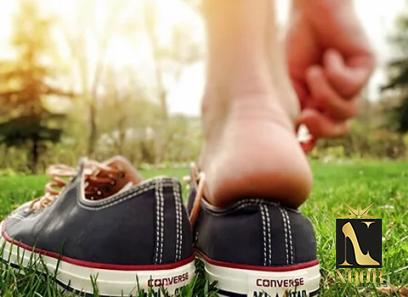 Despite their many advantages, synthetic leather shoes do have a few downsides to consider. The material may not be as breathable as genuine leather, which can result in discomfort for some individuals, particularly in warmer climates or during extended periods of wear. Additionally, synthetic leather shoes are not as durable as genuine leather or PU leather shoes. They may show signs of wear and tear more quickly, and the material can tear or peel under stress. Choosing between PU Leather and Synthetic Leather Shoes When deciding between PU leather and synthetic leather shoes, it’s important to consider your individual needs and preferences. If you value durability, versatility, and affordability, PU leather shoes may be the ideal choice. They allow you to have the look and feel of genuine leather at a fraction of the cost, with added benefits such as water resistance and ease of maintenance. PU leather shoes can be an excellent option for everyday wear and occasions that require a stylish and functional footwear choice. On the other hand, if affordability and low maintenance are your primary considerations, synthetic leather shoes might be the better option. Their wide availability and resistance to fading make them convenient and cost-effective. However, it’s important to keep in mind that they may not provide the same level of durability as PU leather or genuine leather shoes. Ultimately, the decision between PU leather and synthetic leather shoes comes down to personal preference, budget, and the specific requirements you have for your footwear. Both options offer viable alternatives to genuine leather, allowing individuals to make eco-friendly choices without compromising on style and functionality.
Despite their many advantages, synthetic leather shoes do have a few downsides to consider. The material may not be as breathable as genuine leather, which can result in discomfort for some individuals, particularly in warmer climates or during extended periods of wear. Additionally, synthetic leather shoes are not as durable as genuine leather or PU leather shoes. They may show signs of wear and tear more quickly, and the material can tear or peel under stress. Choosing between PU Leather and Synthetic Leather Shoes When deciding between PU leather and synthetic leather shoes, it’s important to consider your individual needs and preferences. If you value durability, versatility, and affordability, PU leather shoes may be the ideal choice. They allow you to have the look and feel of genuine leather at a fraction of the cost, with added benefits such as water resistance and ease of maintenance. PU leather shoes can be an excellent option for everyday wear and occasions that require a stylish and functional footwear choice. On the other hand, if affordability and low maintenance are your primary considerations, synthetic leather shoes might be the better option. Their wide availability and resistance to fading make them convenient and cost-effective. However, it’s important to keep in mind that they may not provide the same level of durability as PU leather or genuine leather shoes. Ultimately, the decision between PU leather and synthetic leather shoes comes down to personal preference, budget, and the specific requirements you have for your footwear. Both options offer viable alternatives to genuine leather, allowing individuals to make eco-friendly choices without compromising on style and functionality.
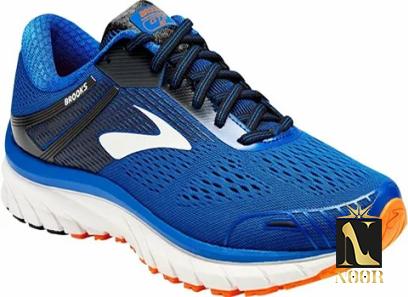
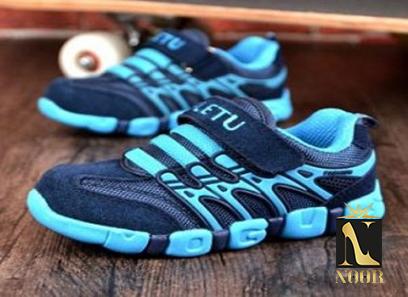



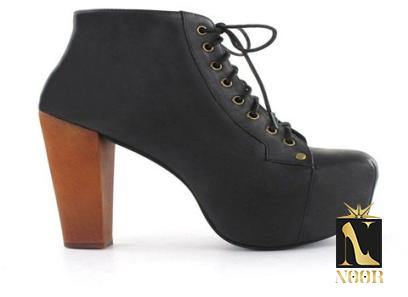
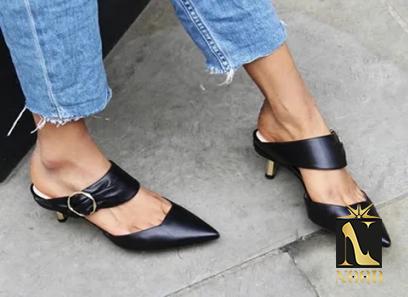
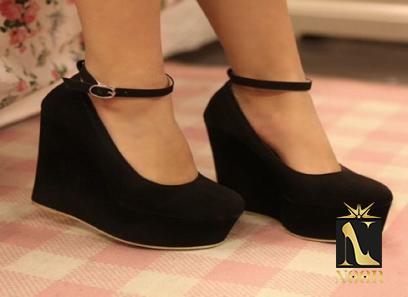

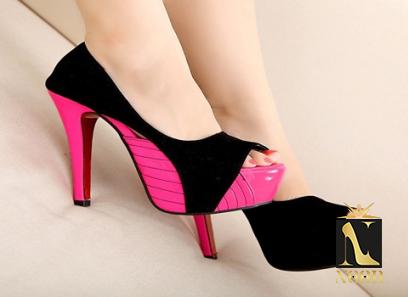
Your comment submitted.